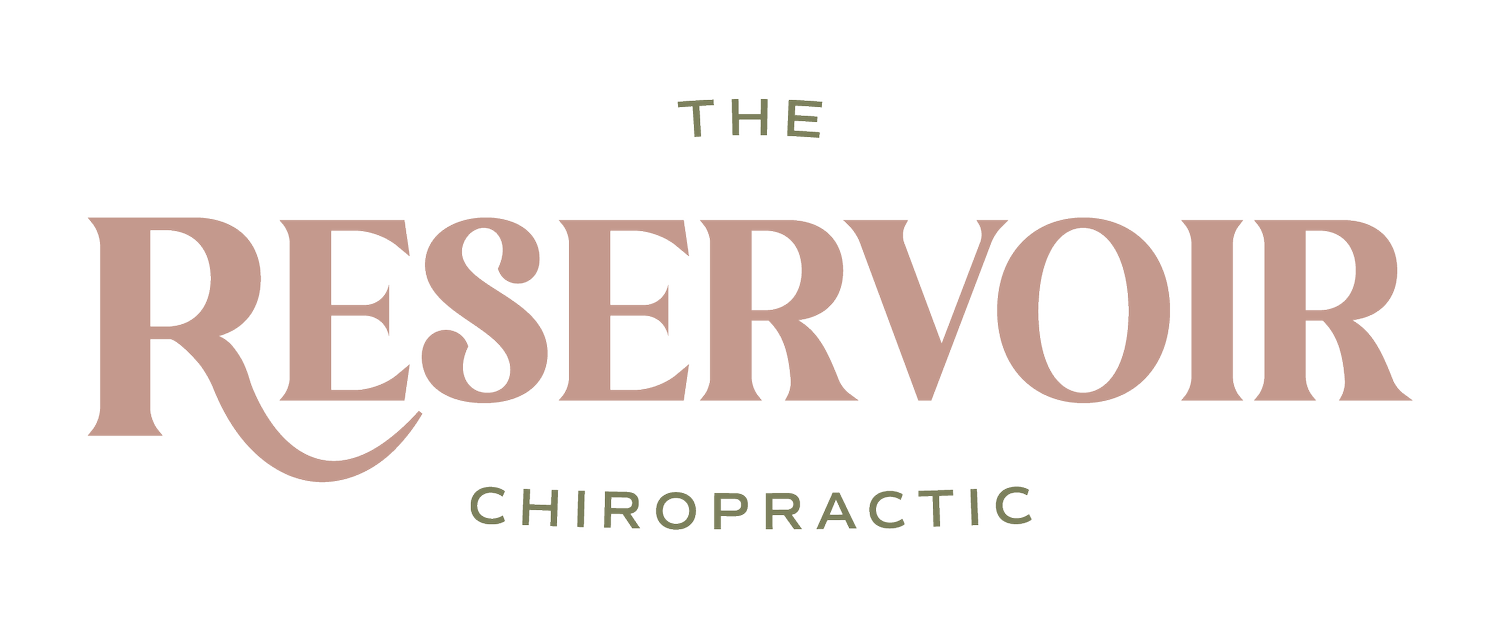4 Steps to Build Better Habits
How many times have you sworn to start eating healthy on Monday? How many well-intentioned New Year’s resolutions have fizzled out faster than a $15 dollar bath bomb? How many monthly gym membership donations have you made? Ok…You get it. We all get it. Starting a new habit is hard. Maintaining them is harder. Your brain has worked hard to build those old habits and the brain loves familiarity.
Before we dive into how to successfully start a new habit, we need to understand why your brain builds habits.
When we encounter a new situation in life, the brain will analyze it then make a decision based on that information about how to act and respond. For instance, the first time you were exhausted from work, you got home and learned that binging New Girl on Netflix relaxes you. Your brain just successfully stumbled upon a reward for that situation. Guess what happens next time you get home from work? Brain says Netflix and you head to the couch. As you repeatedly face a problem, your brain will automatically begin the process of solving it. So what does that mean?
Our brains are beautiful and highly intelligent. The conscious mind can only pay attention to one problem at a time (spoiler alert: multi-tasking is not do-able...rather, effective multi-tasking is not do-able). So, once habits are formed the conscious mind pawns tasks off to the unconscious. That is our goal. To create a new pattern that is beneficial to the behavior or lifestyle that we desire.
Change is daunting in any situation but can be even scarier when you don’t have a plan or a guide to navigate the unknown. As outlined in one of my favorite books, Atomic Habits, building new habits can be broken down into four simple steps: cue, craving, response, and reward.
Cue is the information that predicts a reward. Your mind searches its environment in search of hints for where the rewards are located. This step is all about noticing the reward. When forming a new habit you can ask yourself, “How can I make it obvious?” It can be helpful to redesign your environment in order to make your cues more obvious. For example, if you want to start a habit of reading more books, place the book on your bed side table. Every night when you go to bed that book will be staring you right in the face. It is now an obvious cue for you to follow.
Craving is the motivation behind every habit; This step is about wanting the reward. You can ask yourself, “How can I make it attractive?” A great way to make your new habit more attractive is using temptation bundling. This is when you stack a current habit with a new habit:
After [CURRENT HABIT], I will [NEW HABIT]
After I scroll Facebook in bed, I will read.
Response is the actual habit you perform, and it depends on motivation, friction and ability. This step delivers reward. You can ask yourself, “How can I make it easy?” However, this is the step that often gets you into trouble. Instead of starting small and easy we go too big, too fast. You just need to do one small thing every day: drink one less coke, eat one less meal at McDonalds, eat one vegetable, do one pushup, read one page, plan tomorrow’s meals, drink one class of water-whatever easy looks like for you.
Another way to look at it is by using the Two-Minute rule. Start out with a habit that can be done in two minutes. When starting out, two minutes can feel a lot more manageable than 10. It also sets you up for success. You are more likely to follow through with your new habit which gives you a sense of accomplishment and pride.
After I scroll Facebook in bed, I will pick up the book on my bed side table and read for 2 minutes.
Reward is the end goal. You might ask yourself, “How can I make it satisfying?”
The first 3 steps of habit forming increase the odds that a behavior will be performed this time but this fourth step increases the odds that the behavior will be repeated next time. Immediate reward is repeated.
If you’re ‘Type-A’ like myself you can check it off of your to-do list, which, let’s be honest, is quite euphoric. Any form of habit tracking can easily be implemented using the habit stacking + habit tracking formula:
After [CURRENT HABIT], I will [TRACK MY HABIT]
After I scroll Facebook in bed, I will pick up the book on my bed side table and read for 2 minutes. When I am finished I will cross it off of my to-do list.
It is crucial to note that if a behavior is insufficient in any of the four stages, it will not become a habit. Forming new habits is a process. You might not get it right on the first try and that’s OK! Don’t fret. Learn from what didn’t work and make small improvements. Healthy habits can change lives. Imagine less stress and more happiness. The journey is worth it. Tiny changes-Big results.
If you want to learn more about Atomic Habits head on over to https://jamesclear.com/

